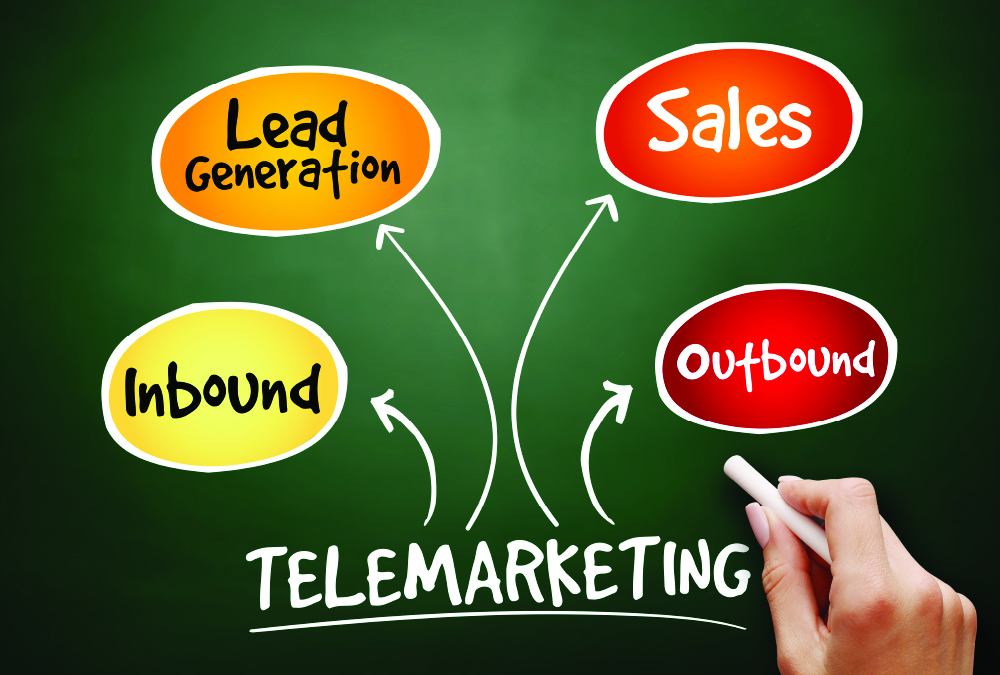Telemarketing is a useful tool for promoting your products or services and boosting your sales and profits at a low cost. Businesses can benefit from it by implementing effective telecalling techniques.
Telemarketing requires proper planning, training of executives, and execution of the script for acquiring new customers. In this article, we will go through the benefits and importance of telemarketing.
The 10 benefits of telemarketing
The advantages of telemarketing should never be underestimated. When planned and executed correctly, telemarketing can work wonders for your business. In case you are not investing in telemarketing, then here are ten reasons why you should be.
1. Telemarketing is cost-effective and flexible
The various uses of telemarketing include lead generation and product promotion. Moreover, you can use it for conducting surveys and market research or giving updates on new or modified products. These are among the most important telemarketing benefits.
Telemarketing offers many advantages over other marketing techniques, including its affordability, reliability, and the need for only basic equipment and well-trained telemarketers. It saves businesses a lot of valuable time by providing product information to multiple people in a short period of time.
2. Telemarketing helps boost sales
Telemarketing can be an excellent tool to boost sales if used correctly. By directly connecting with customers and using effective telecalling techniques, telemarketing allows you to better understand their needs. Telemarketers who are well-trained can delight their customers by answering all their questions and convincing them to purchase the product.
3. Telemarketing can be customized as per your business needs
Every type and size of business can benefit from telemarketing. By helping you acquire new customers, it helps you succeed in today’s market of fierce competitors.
When businesses directly communicate with their leads, they can offer a wider assortment of options to their target audience. This, too, is one of the biggest advantages of telemarketing.
4. Telemarketing gets you more business opportunities
Telemarketing makes it possible for you to reach customers at a great distance. Making contact with prospects will spare you both travel time and expenses associated with new territories. As a result, you can broaden your sales territory and get more business opportunities.
In addition to marketing your business, you can use telemarketing to keep in touch with your existing customers. You can enhance customer relations by talking to them on a personal level, such as wishing them on their birthdays and anniversaries.
You can use telemarketing for updating your customers about new products or services you are launching. By doing this, you bring your products directly to customers and give instant answers to any queries that they may have.
Also read: Platforms to find telemarketing jobs
5. Telemarketing lets you develop lasting relations with prospects
Yet another one of telemarketing benefits is that it enables you to interact with customers personally. Customers are more comfortable when they deal with people directly instead of through recorded messages or chatbots. They like it when there is a two-way interaction and they get answers to all their questions regarding products and services immediately.
So, in the automated world, continue to give your customers the humanized touch and be ready to help them whenever you can and as much as you can. By speaking to prospects directly, you can gain insights into their personality, which helps you understand your audience better.
6. Provides valuable insights about customers
When telemarketers call customers, they obtain crucial information about them, such as their location, occupation, age, or income. In this way, businesses can maintain an extensive database using which they can identify specific patterns or commonalities.
By using telemarketing for marketing research, you can gauge whether or not customers have accepted a product or service launched previously. With their response, you get to know if they are satisfied or what are improvements they expect.
Such useful information helps you understand customers better, make relevant changes, and increase sales.
7. Telemarketing helps adapt marketing strategies as needed
With telemarketing, you get to know how much your prospects are interested in your products and services. Ask them what makes them buy your product, what keeps them at night, and what business they are into.
Such insights help you understand your prospects better. Doing this over a phone call can help you measure your customer interest and plan a new marketing strategy for your business.
Through such calls, you can make improvements to your products based on the feedback you receive. This, again, is among the great benefits of telemarketing.
8. Telemarketing helps you monitor sales
Use telemarketing results to analyze the whole process and determine what is working and what needs improvement. Any marketing tool must always be analyzed and evaluated for conversions.
This lets you change your strategies, communication style, and other aspects of the telemarketing process. It enables you to assess your sales team’s performance and helps you improve them. By monitoring your sales and analyzing the data, you know which products are highly in demand.
9. Telemarketing lets you get in touch with people who matter
Telemarketing lets you talk directly to the most significant people who make the final decisions to buy your services. By talking to the right people, you can save a lot of time and effort and close the deal. A telemarketer can persuade a decision-maker to purchase a product or service by explaining the benefits directly in detail.
10. Telemarketing prepares you for direct meetings with customers
Have you ever tried fixing an appointment by email or instant messaging? Did it work? But, phone calls are the best precursors for direct meetings with prospective customers. They help you break the ice with your potential clients by knowing them better and understanding their interest in your offering.
Conclusion
Again, the benefits and importance of telemarketing should never be underestimated. Now, do you think telemarketing can add gold coins to your business? Let’s not forget another important thing about telemarketing. It should not be done without using the right tool. If you are deciding to do it, then do it in the best way possible.
NeoDove is one such tool, which is available on both mobile and desktop. It is an innovative cloud-based solution that is easy to use. It offers customizable scripts, sales performance tracking, integrations with platforms like Facebook and Google Ads and more.
Furthermore, it allows for improved productivity and reduces nonproductive activities. Why not schedule a demo to see how it actually works?










